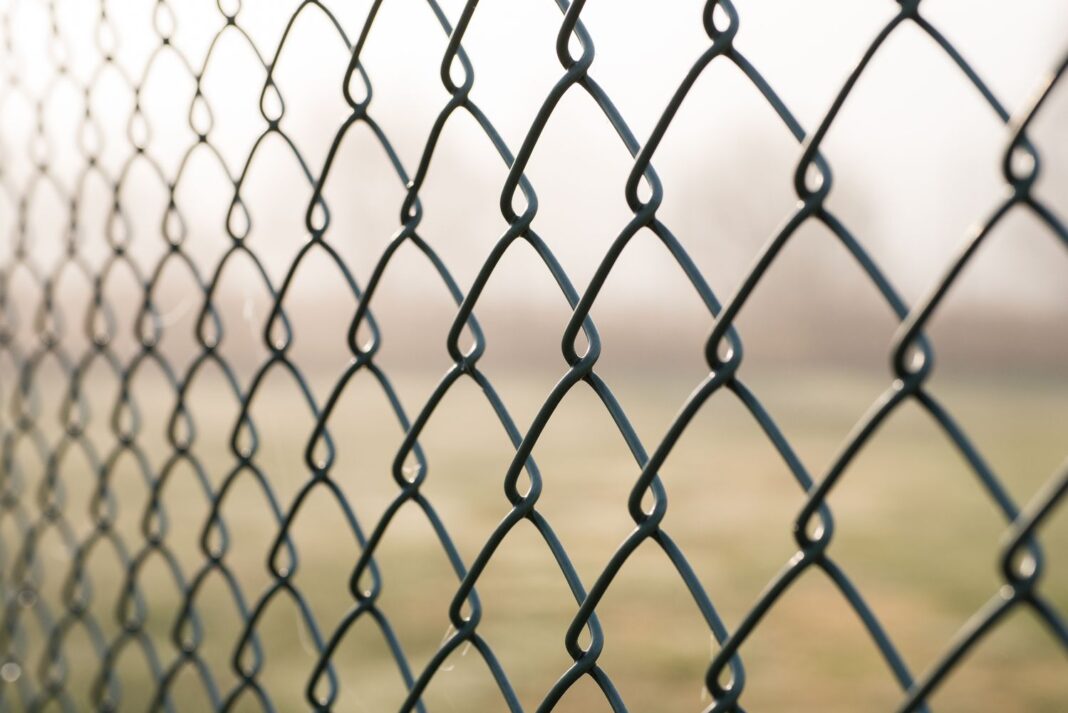Installing a chain link fence involves a few basic steps professional fencing companies can complete within a few hours. Some projects take a full day, but certain factors affect how long installation takes. The lot size, pre-fencing requirements, landscape factors, and available personnel impact your chain link fencing installation. Here is a timeline breakdown of the installation process:
Before You Start Fencing
Every fencing project is unique, but most have standard steps. You must obtain zoning and building permits, measure fence footage, locate gate placement, and notify local/state protection services. You must also purchase your chain link fence, gather fencing tools and unwrap/inspect the shipment. Don’t skip any of these steps to avoid unnecessary delays and inconveniences.
Fence Installation Steps
Installing a chain link fence involves various steps, including establishing the fence lines, setting posts, and installing post fittings. You must also install top/bottom rails and tension wires, stretch the chain link fabric, and install the chain link gates. Chain link fencing installation is standard, but every project has unique materials and involves lots of different requirements. Some lots involve digging, pest treatment, rust prevention, and more.
Fence Installation Timeframe
Professional fence installation is faster than DIY attempts because licensed crews are experienced in the trade. They’re used to working together and have streamlined service-delivery frameworks optimized to expedite the installation process. Some projects only require a couple of hours to complete, while others can take days because of curing or lot size. Here are some factors that influence the installation timeframe of chain link fences:
1. Lot Size
Fence installation involves setting the posts and cement, letting them cure, then installing the chain link fence. If you have a large piece of land, you need more posts. This involves more digging, setting, and curing. Working with a fencing company allows you to use powerful tools, extra labor, and streamlined logistics. A small lot takes less time to fence than a larger lot if the materials, labor, experience, and design are constant.
2. Lot Property
The rocks, slopes, and vegetation can affect how long fence installation takes. Rocky lots that are harder to drill require more time to establish the boundaries and set the posts. Such lots can result in bends and irregular lines that take more time to install. Lots with vegetation also need clearing and require more accurate measurements.
3. Company Efficiency
Fencing companies can help you complete faster installations, but not all firms are equal. Some teams provide their average installation speed, so they may promise 100, 150, or 200 feet of chain link daily. Others visit the site or request details to create rough estimates. A larger, more experienced team can complete quicker installations if they’re available for the project. Stick to reputable fencing companies with past success in similar fencing projects.
4. Quality & Specification
Installing chain link fences requires quality materials and services. The posts, concrete foundations, columns, and chain links must be durable and of good quality. Low-quality materials can break apart or cause other issues that delay installation. You need quality materials optimized for the wall design you’re installing. Finding materials specific to your installation reduces the need for modifications and improvisations.
Read Also: How Often Should I Get New Glasses?
Installing Chain Link Fencing
The best way to install a chain link fence is by hiring a professional team. Fencing may seem like a DIY project, but the best results come from efficient, professional teams. The professionals have the tools, processes, licenses, and protections, including insurance, to tackle chain link fencing.
Leading fencing companies can handle big and small projects and treat each installation independently. You can work with a company that serves residential, commercial, and industrial customers in your area.


